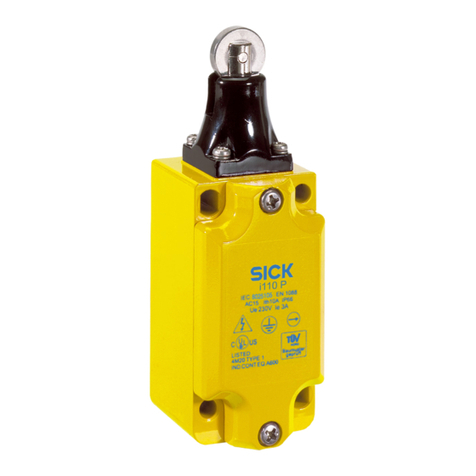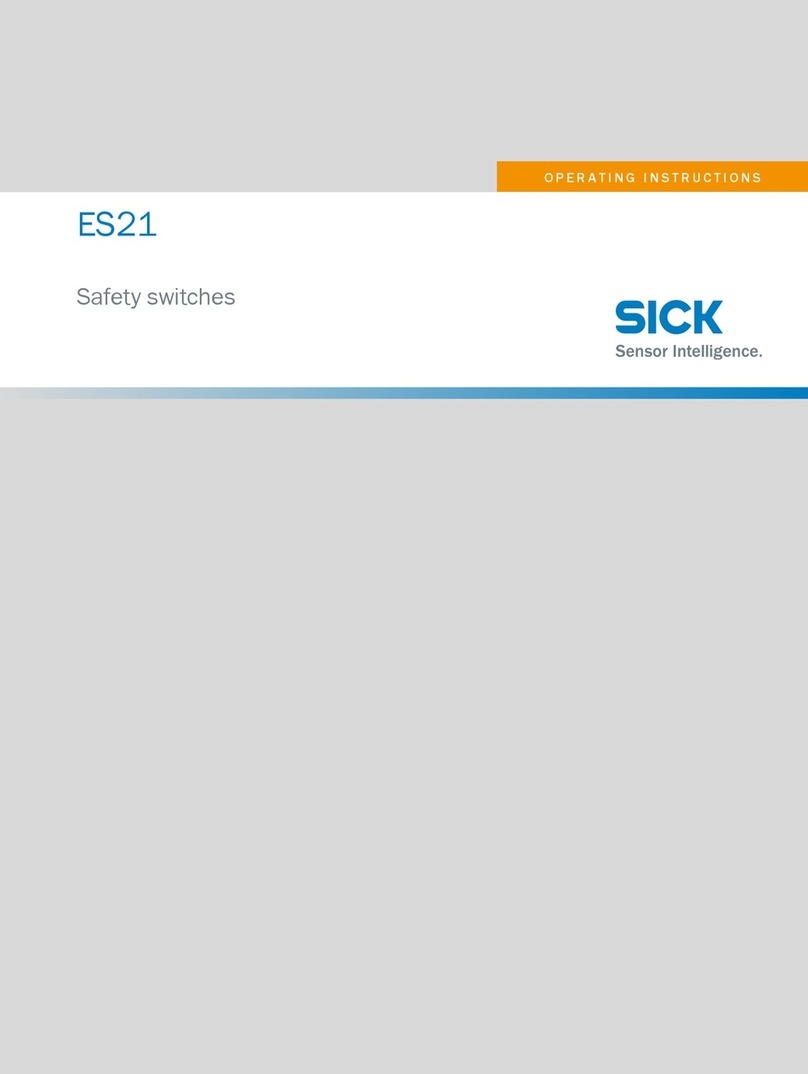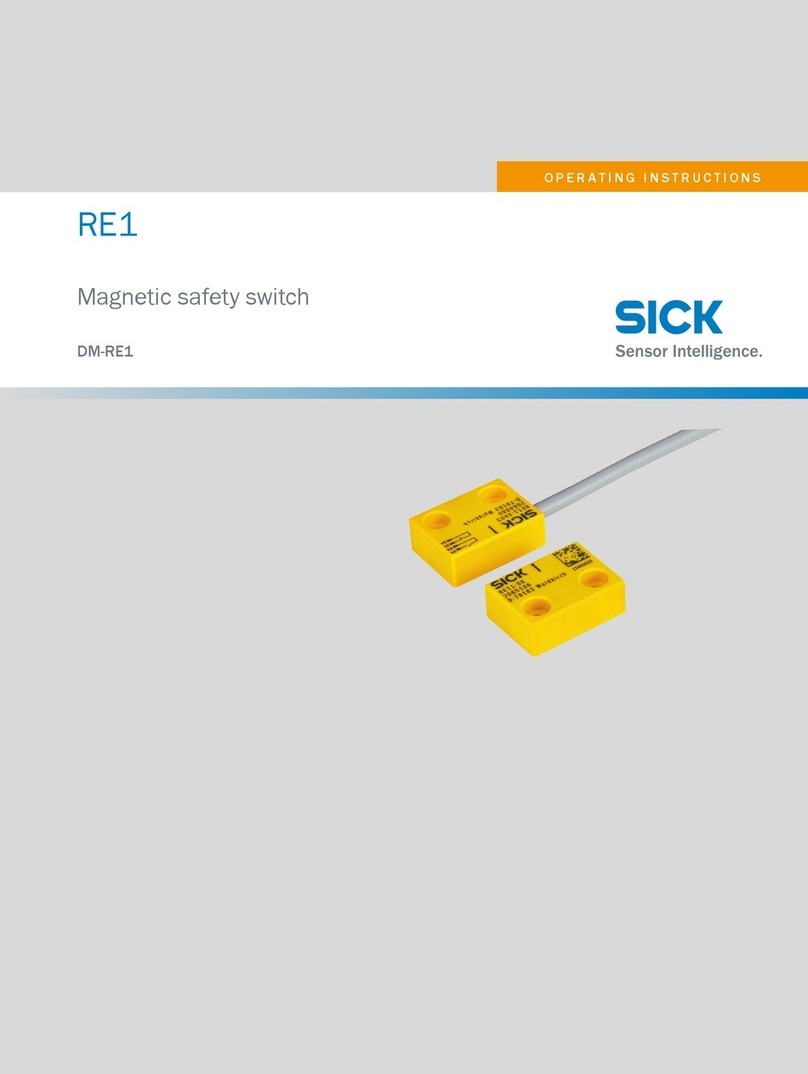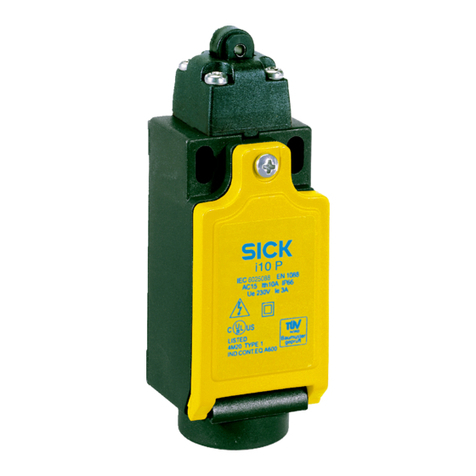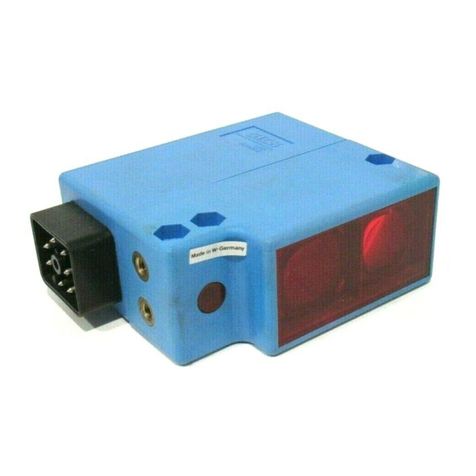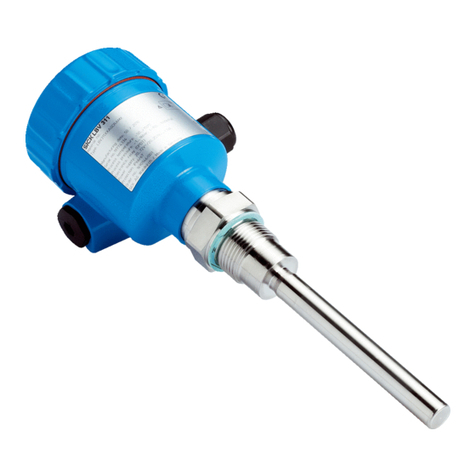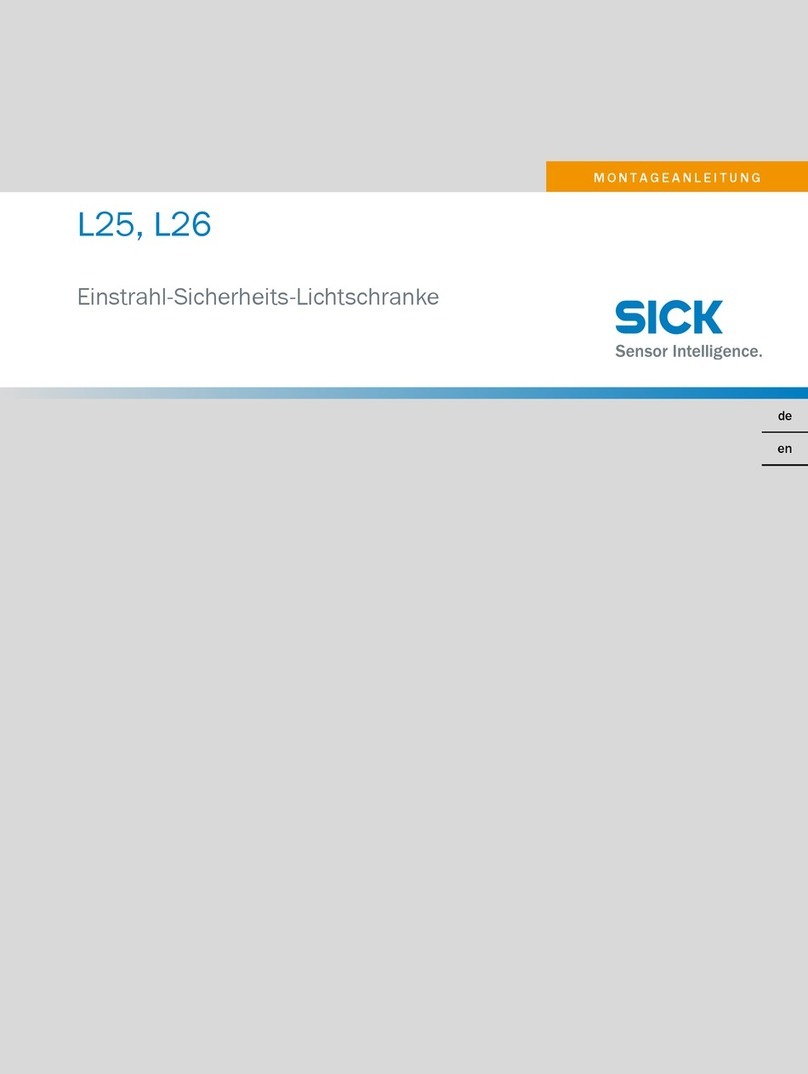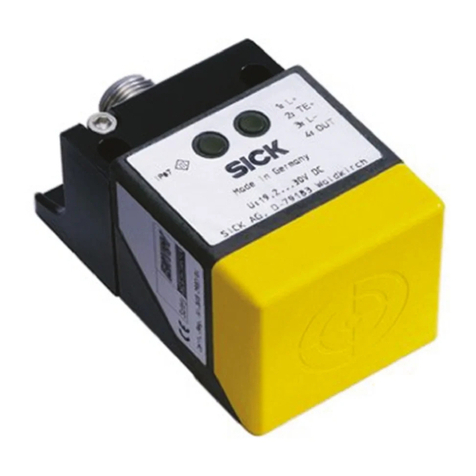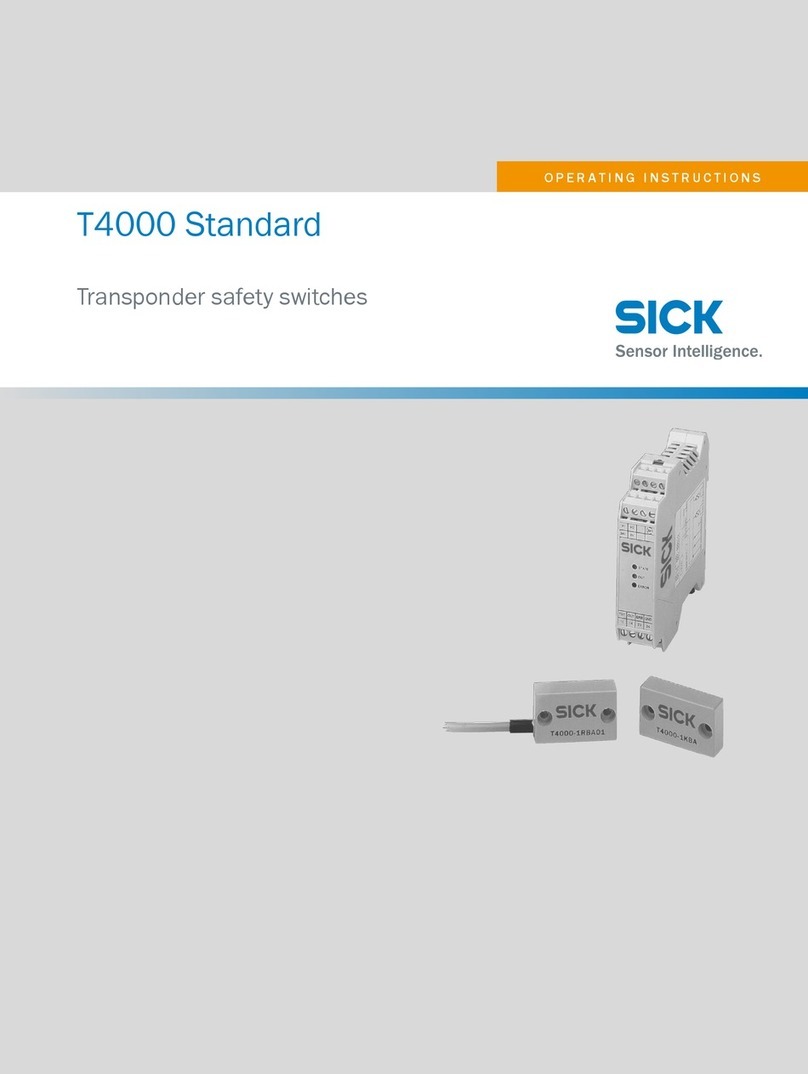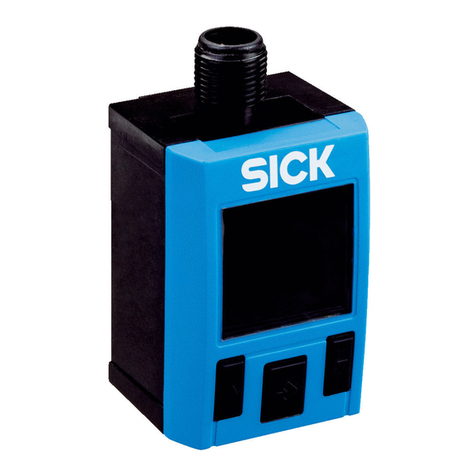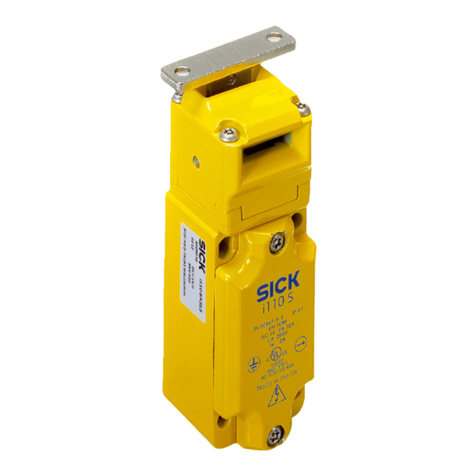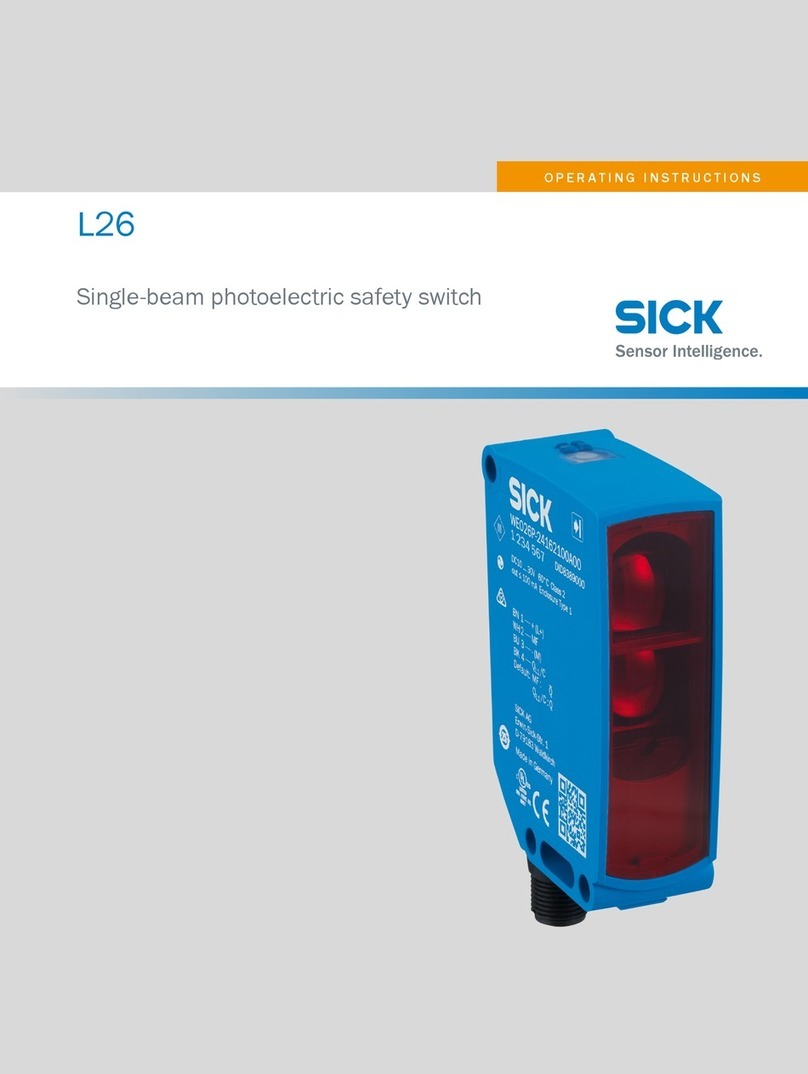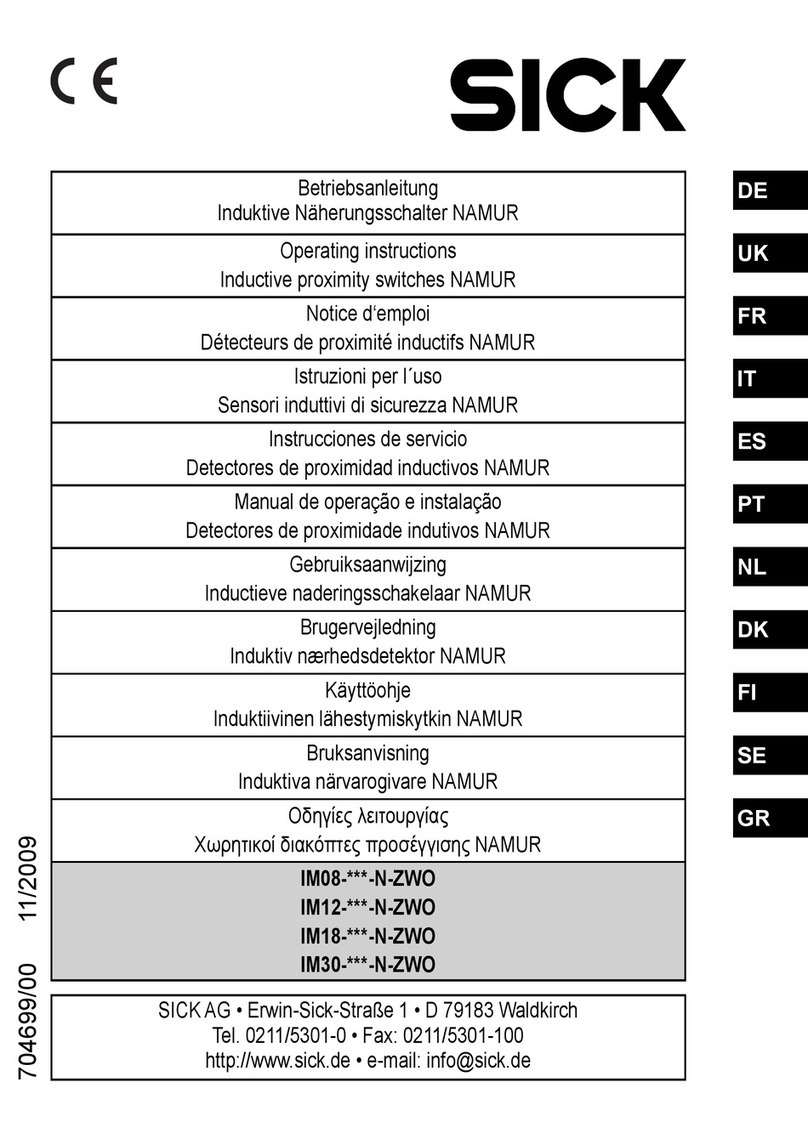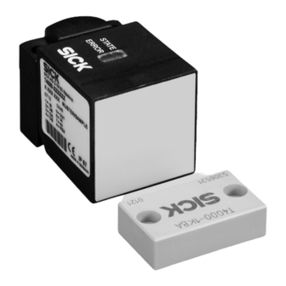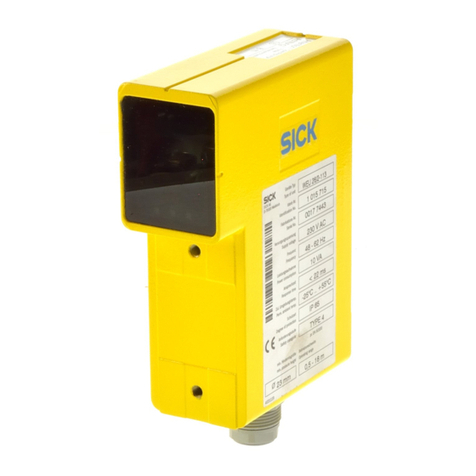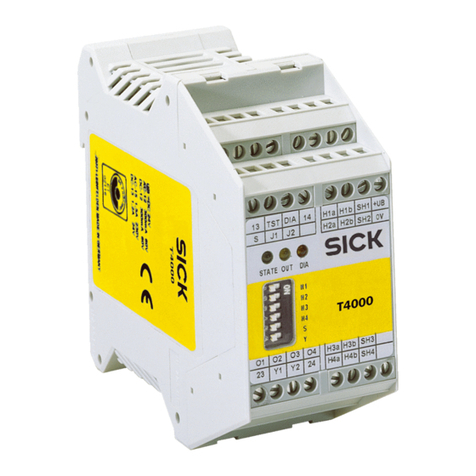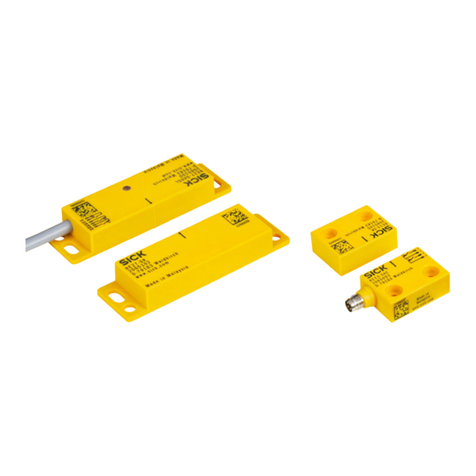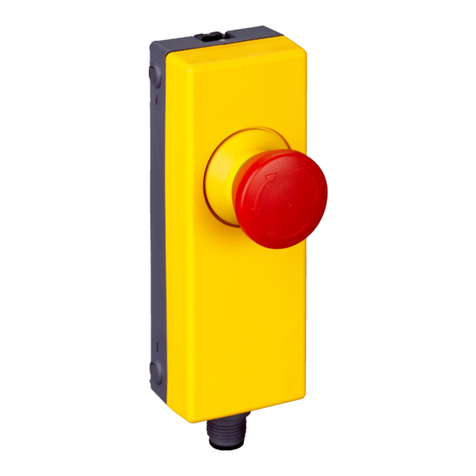
Contents
1 About this document........................................................................ 5
1.1 Purpose of this document........................................................................ 5
1.2 Target group.............................................................................................. 5
1.3 Information depth..................................................................................... 5
1.4 Scope......................................................................................................... 5
1.5 Symbols and document conventions...................................................... 6
2 On safety............................................................................................. 7
2.1 Qualified safety personnel....................................................................... 7
2.2 Applications of the safety switches......................................................... 7
2.3 Intended use............................................................................................. 8
2.4 Reasonably foreseeable misuse.............................................................. 8
2.5 General safety notes and protective measures...................................... 8
3 Product description........................................................................... 10
3.1 IN4000 Standard Series safety switches................................................ 10
3.2 Features and principle of operation........................................................ 10
3.3 Enable zone and assured switch-off distance........................................ 10
3.4 LED indicators........................................................................................... 12
3.4.1 Displays in operating mode..................................................... 12
3.4.2 Displays in adjustment mode................................................. 12
3.5 Signal behavior......................................................................................... 13
3.6 Response times of the safety switch....................................................... 14
3.7 Manipulation prevention.......................................................................... 15
4 Mounting............................................................................................. 16
4.1 Mounting the IN40-D0101K safety switch............................................. 16
4.2 Mounting the IN40-D03.. and IN40-D0202K safety switches.............. 18
5 Connection and adjustment............................................................ 20
5.1 Electrical connection................................................................................ 20
5.2 Series connection of inductive safety switches...................................... 21
5.3 Adjustment................................................................................................ 21
6 Commissioning and operation........................................................ 22
6.1 Checks before initial commissioning....................................................... 22
6.1.1 Checking the start function..................................................... 22
6.2 Periodic technical inspections................................................................. 22
6.2.1 Daily check............................................................................... 22
6.2.2 Inspections by qualified safety personnel.............................. 22
6.3 Response to errors................................................................................... 23
7 Troubleshooting................................................................................. 24
7.1 Safety......................................................................................................... 24
7.2 Troubleshooting........................................................................................ 24
CONTENTS
8027276/1CZ6/2022-12-13 | SICK O P E R A T I N G I N S T R U C T I O N S | IN4000 Standard 3
Subject to change without notice

